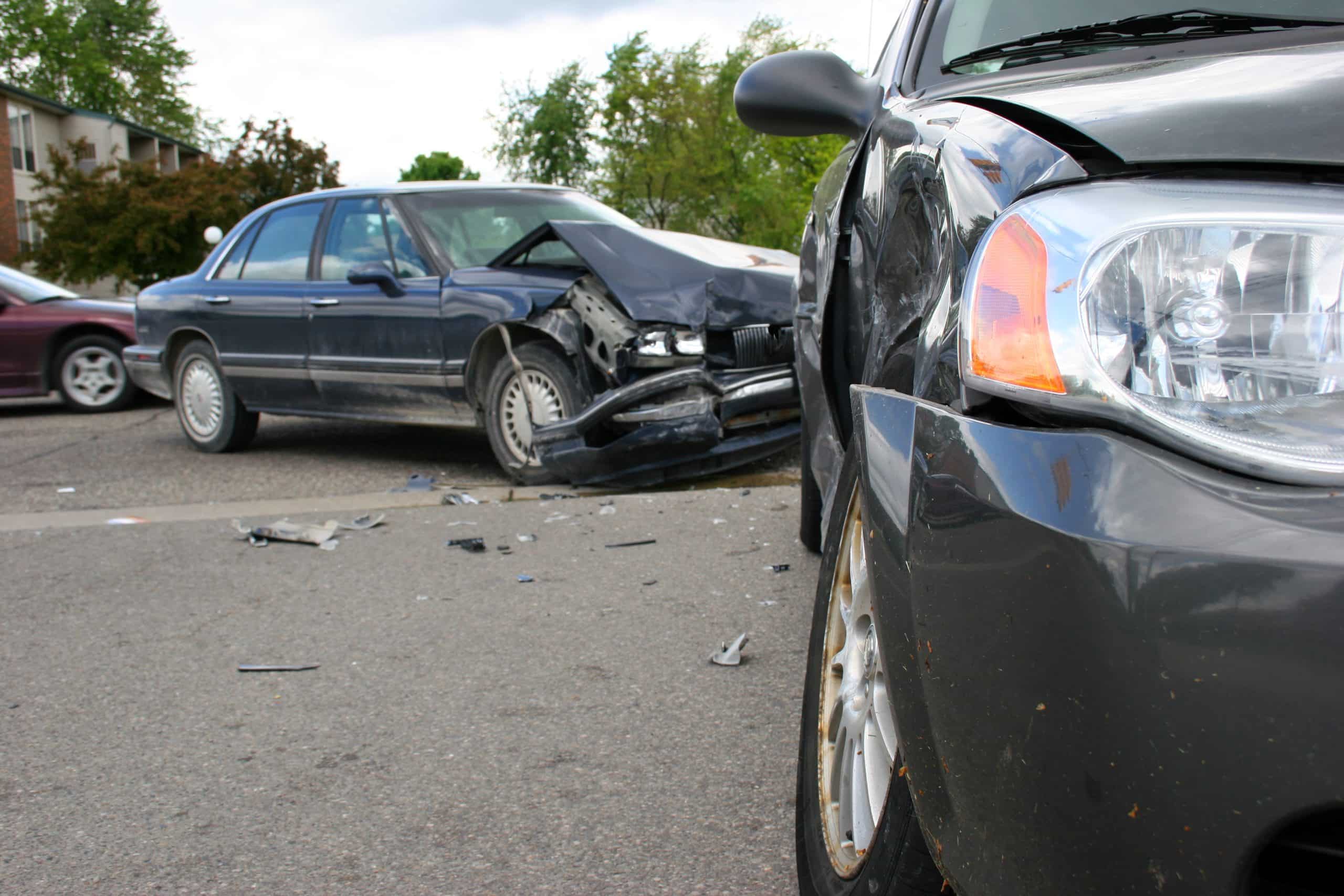The first question to ask when you’re seeking compensation for a car accident is, “who caused the accident?” Finding who’s at fault for causing injuries determines the outcome of every personal injury case. The courts and accident lawyers use the legal term “negligence” to describe who is responsible or at fault for an accident.
Understanding how at-fault laws work in Colorado can help you determine how much your personal injury case is worth. Keep reading to learn all you need to know about Colorado’s at fault laws, and how the right injury lawyer will help you prove who is responsible for your accident.
The Difference Between No-Fault and At-Fault States

It doesn’t mean that the accident was nobody’s fault. It just means your insurance company can cover you, and they will handle pursuing compensation from the other driver on your behalf if needed.
Now, however, Colorado’s current at-fault laws require you to file your claim against the insurance of the person who was responsible for the accident. You can’t file a claim for injuries with your insurance company if someone else was responsible. This means you must prove that the other person is responsible if you want to file a claim against their insurance company. This is why Colorado personal injury attorneys are more important than ever; injured Coloradans deserve someone fighting on their side.
What Is Negligence?
Colorado is now an at-fault state, so it’s vital to understand how negligence works and how to prove it. You must prove negligence in order to get the compensation you deserve. Negligence relies upon something known as the “reasonable person” standard. This means your lawyer will need to demonstrate that the other party acted in a way that was irresponsible in a way that failed to uphold the safety of others.
Next, we need to prove that this irresponsible action or failure to act led to the accident, even if indirectly. Finally, we have to establish that your injury happened as a direct result of being in the accident. In a perfect world, it’s JUST that easy! But, in many cases, injury cases need the support of someone with experience in the legal system to build a case to prove negligence.
Modified Comparative Negligence

Further, if you’re 50% or more responsible, you lose your right to any award at all. That’s why it’s so important to have an accident lawyer in your corner to prove your case under Colorado’s at-fault laws.
Call our Colorado Accident Lawyers — It’s JUST That Easy!
To prove negligence under Colorado’s accident claim laws, you’ll need someone in your corner who can put together the evidence and documents to create an iron-clad case. The insurance adjuster has attorneys on their side, and they will use the law against you.
You deserve someone on your side advocating for your rights. Contact Heuser & Heuser, LLP, today at 719-520-9909 or fill out our online form to get your free case review. It’s JUST that easy!


